Art & Culture
A Feast Across Centuries: Korean Flavors Shine at Hampton Court
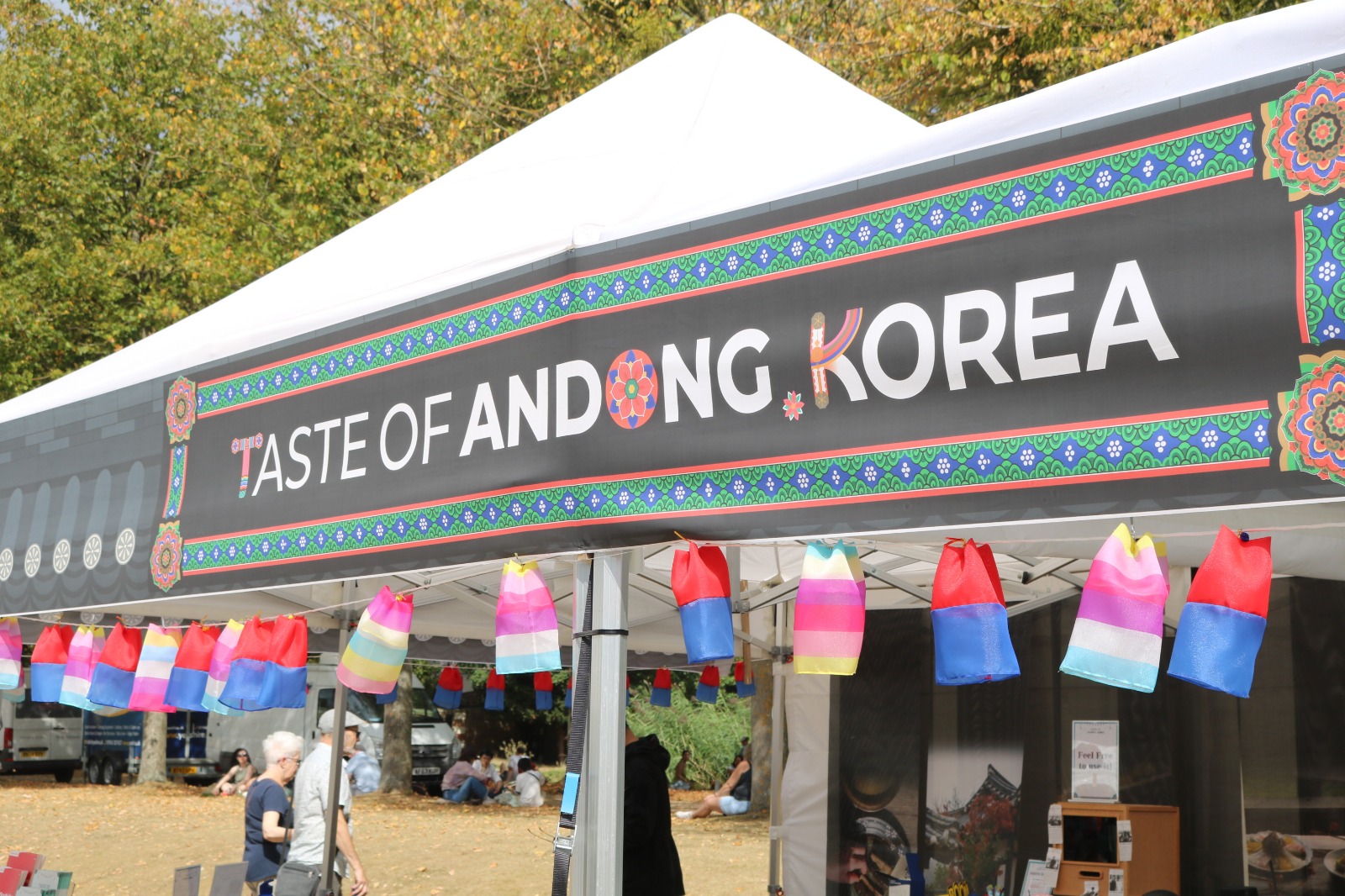
By Nadeem Ahmad Mirza & MD. Moon Hyungsuk
London, a vibrant multicultural mosaic, weaves a spell of romance and discovery, where the scents of sizzling street food—spiced curries, tangy jerk chicken, and delicate dim sum—mingle with the evening air through bustling markets. As dusk settles, the Thames reflects a golden glow, its ancient waters witnessing couples strolling hand-in-hand, whispering vows as music drifts through vibrant squares. This city, pulsating with global cuisine, fragrant flower markets, spontaneous dances, and celebrations of art, invites all to fall in love—not just with a person, but with its boundless, beating heart. Over the August Bank Holiday weekend in 2025, the Hampton Court Palace Food Festival transformed Henry VIII’s historic residence into a global gastronomic stage, with Korean cuisine, particularly Andong’s jongbu cuisine, emerging as the undeniable star.
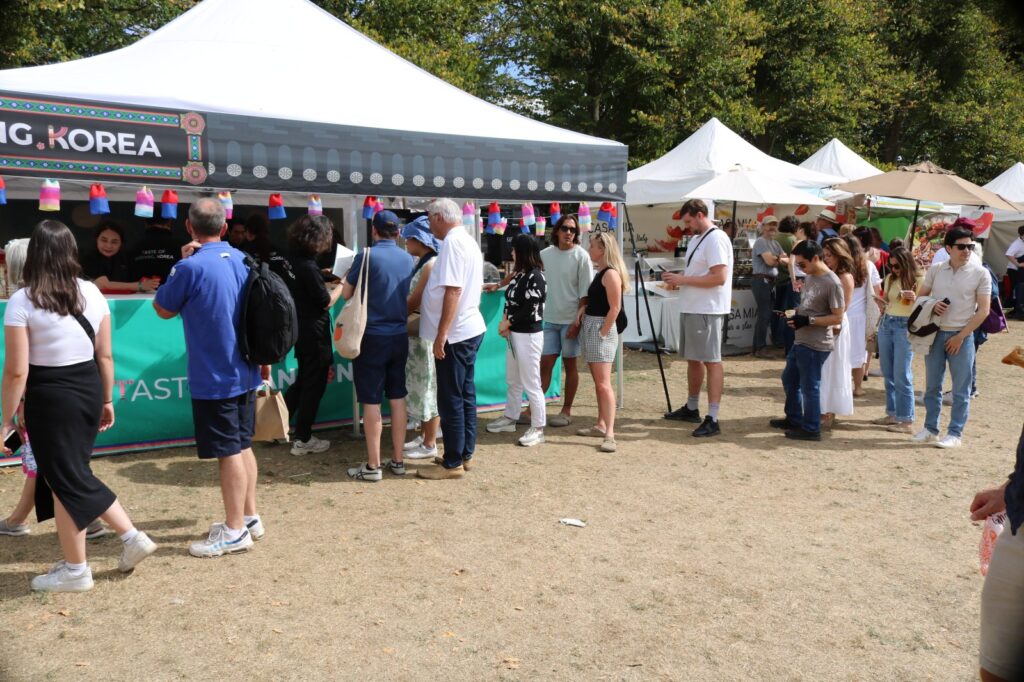
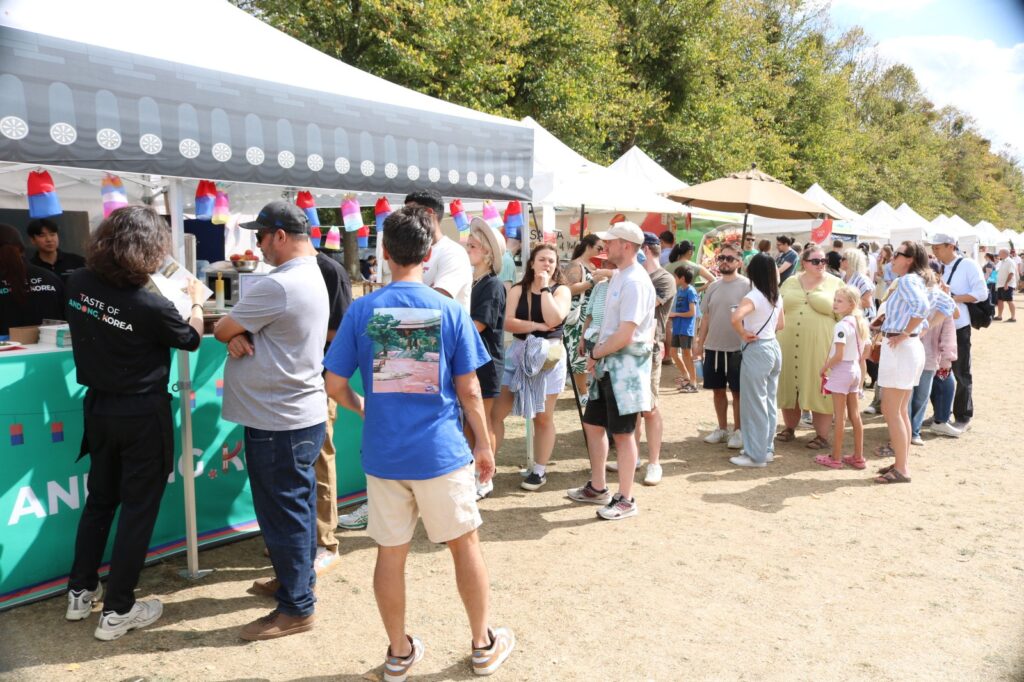
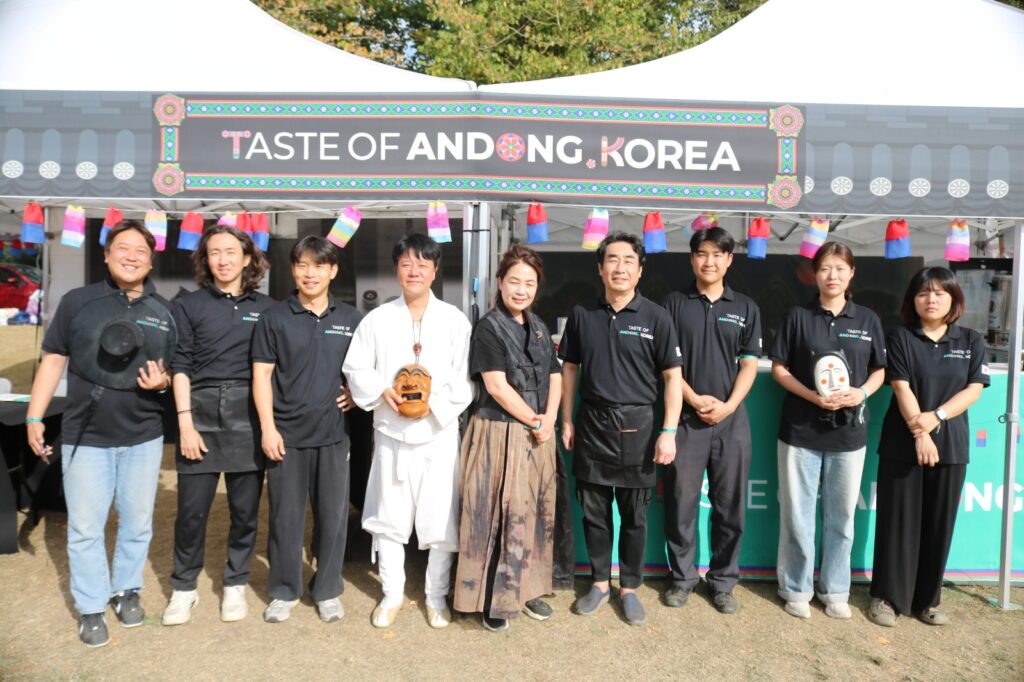
Set against the majestic red-brick backdrop of Hampton Court Palace, the annual Food Festival drew thousands from across the UK and beyond, eager to savor a dazzling array of international delicacies. From Lebanese koftas to Caribbean patties, over 150 exhibitors showcased artisanal foods, wines, and street-food innovations. Yet, this year, a vibrant tented kitchen adorned with colorful Korean banners and the South Korean flag stole the spotlight, marking a historic first: the participation of Andong, Korea’s Confucian heartland, represented by the Korea Foundation for Cultures & Ethics, introducing the centuries-old tradition of jongbu cuisine. The festival buzzed with energy under bright sunshine and a gentle breeze, as locals, international residents, and tourists flocked to the Korean stall. The air was thick with the irresistible aromas of gochujang, sesame oil, and garlic, drawing crowds to sample fiery tteokbokki (chewy rice cakes in sweet-spicy sauce), sizzling bulgogi (caramelized beef), tangy kimchi, and crisp pajeon pancakes. The sound of sizzling hot plates and upbeat K-pop rhythms created an electric atmosphere, blending seamlessly with the palace’s historic grandeur.
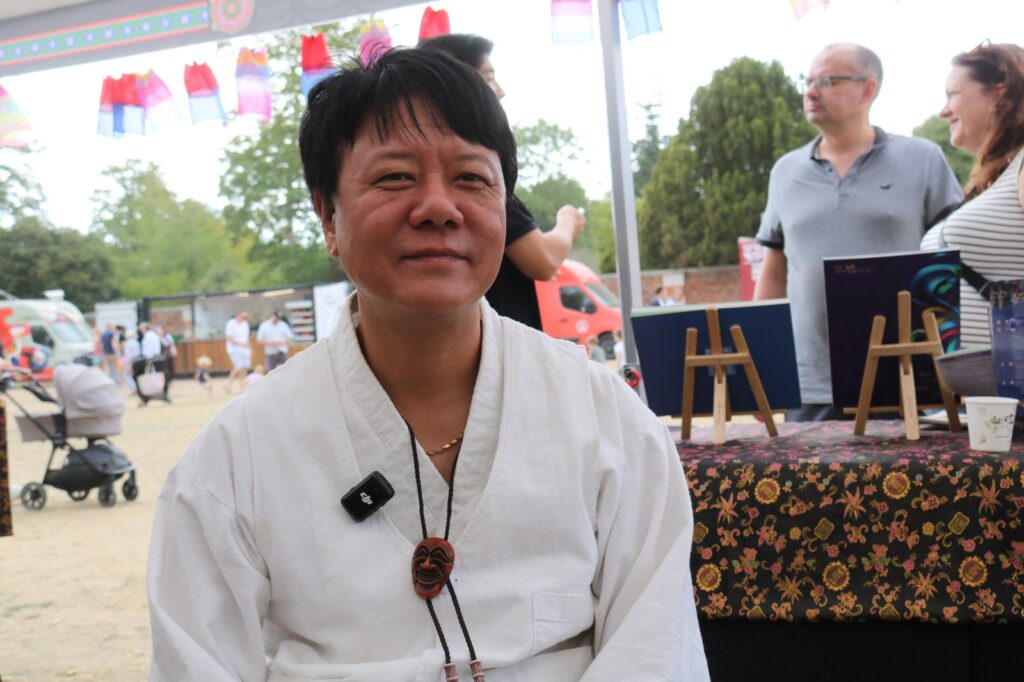

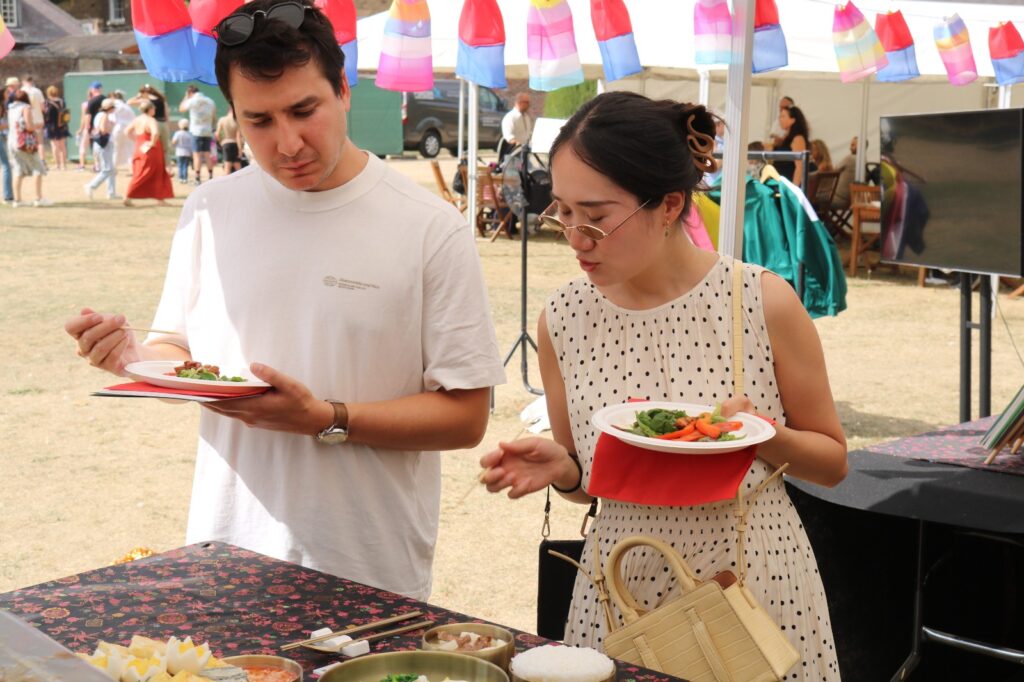
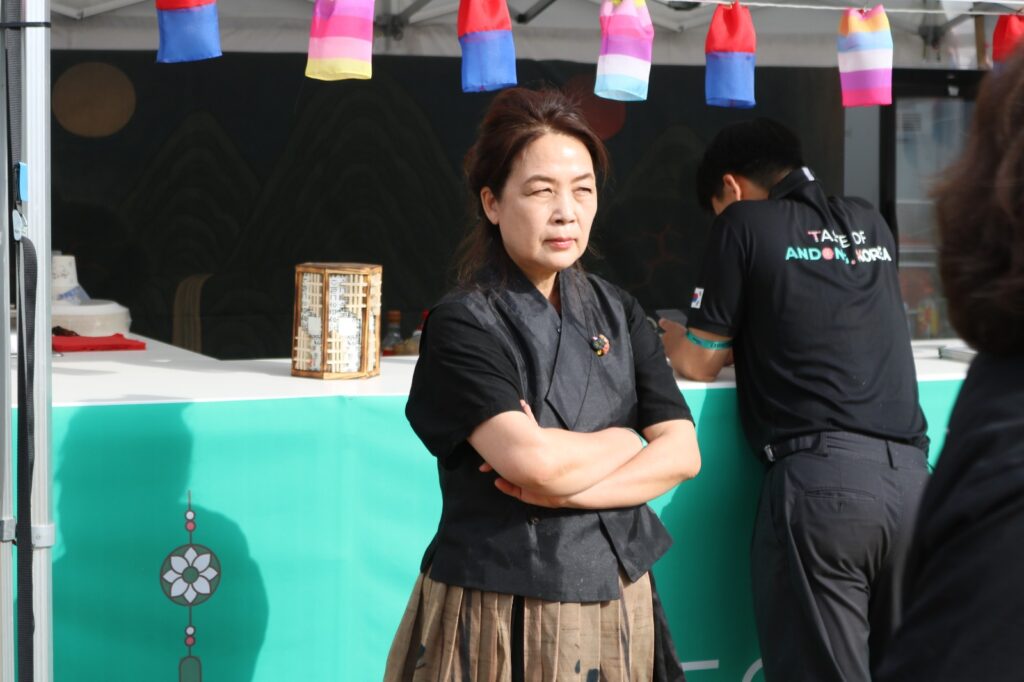
To understand the significance of this showcase, one must look to Andong, nestled in Korea’s Gyeongsangbuk-do province, long regarded as the spiritual and intellectual cradle of Confucianism. Its UNESCO-recognized heritage sites—Hahoe Folk Village, Byeongsan Seowon, and Dosan Seowon—reflect its global cultural value. Andong’s culinary traditions are deeply tied to Confucian rituals of respect, hospitality, and harmony, with dishes like heotjesabap (ceremonial bibimbap), Andong jjimdak (braised chicken with noodles), and traditional soju embodying a balance between sustenance and symbolism. The jongbu table, traditionally stewarded by the head housewife of Confucian lineages, represents the ethical and cultural responsibilities of household leadership—a concept resonant with both family life and social cohesion.
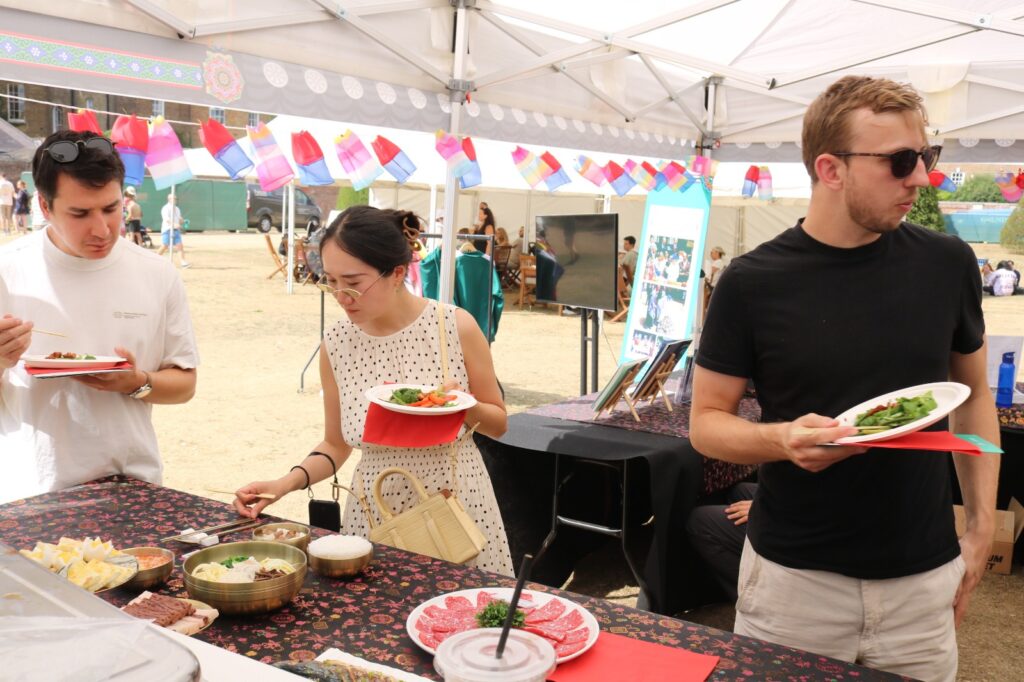

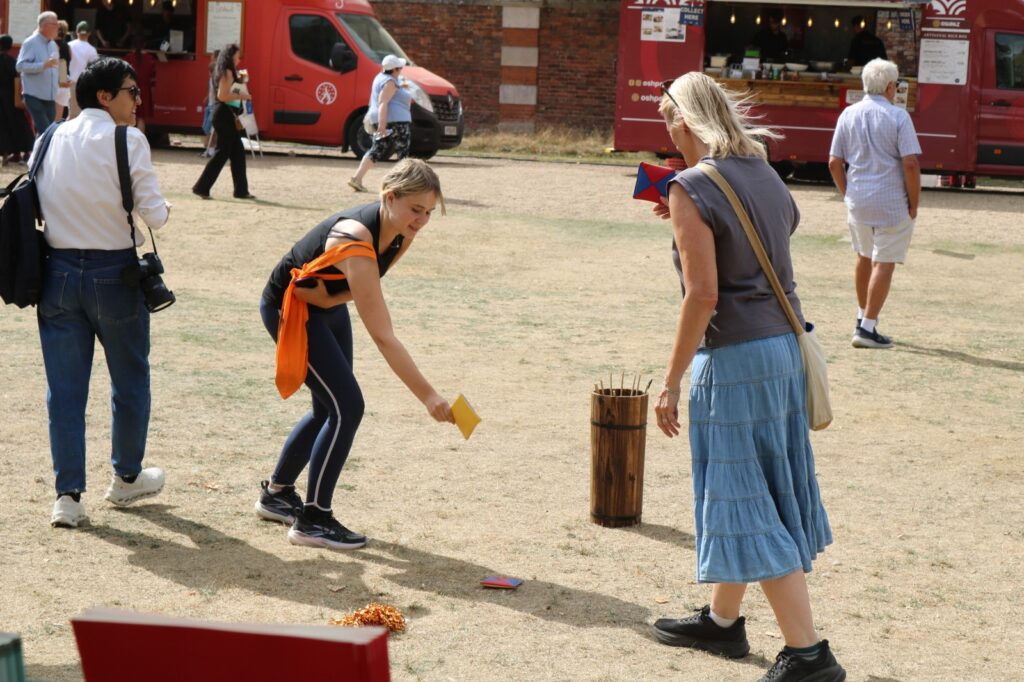
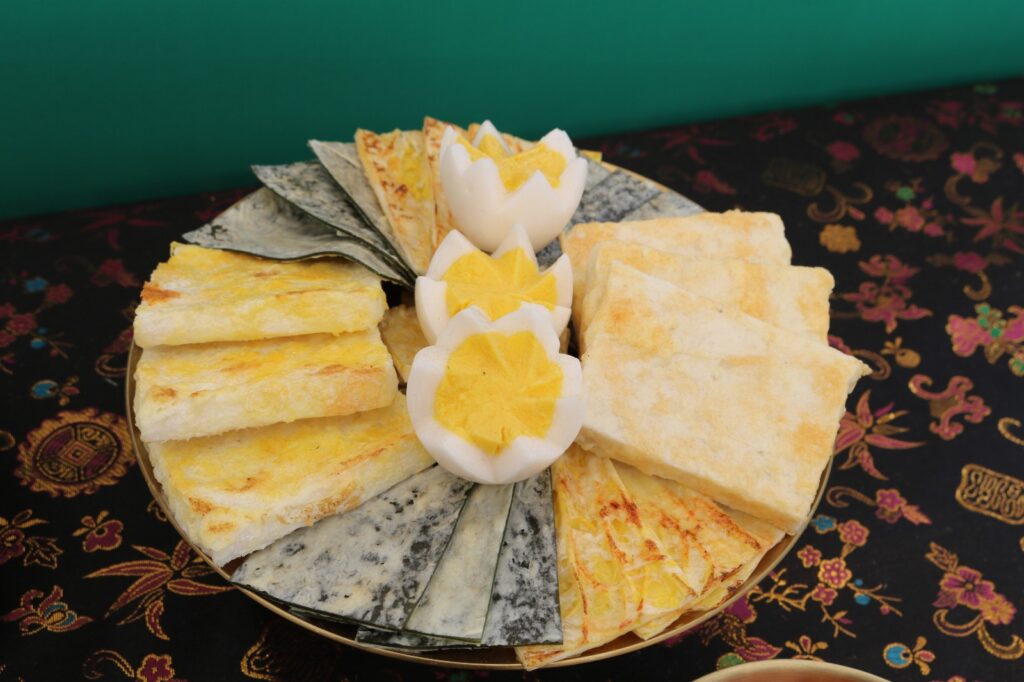
At the festival, the Andong delegation, led by Mrs. Kim Do-eun, the 15th head housewife of the Gwangsan Kim clan, and her husband, director of the Suun Japbang Culinary Research Institute, brought this heritage to life. Their showcase was anchored in jongbu cuisine, rooted in the Suun Japbang, a 16th-17th century manuscript by Confucian scholars Kim Yu (1491–1555) and Kim Ryeong (1577–1641). Written in classical Chinese, this text preserves 114 recipes—ranging from liquors, vinegars, fermented vegetables, and soy-based condiments to soups, stews, tofu, desserts, and medicinal broths. The centerpiece was yukjjim, a delicately braised beef dish, which captivated audiences not just with its flavors but with its centuries-old culinary philosophy. The Andong team, having devoted over a decade to reviving these recipes with modern finesse, presented food as a vessel of cultural diplomacy, bridging past and present.
The Korean stall was a cultural phenomenon, embodying London’s multicultural soul. Festival-goers from diverse backgrounds shared their enthusiasm, highlighting the universal appeal of Korean flavors, with Andong’s jongbu cuisine adding a profound historical depth. Sarah and Mark from Wimbledon, UK, remarked, “We saw Korean cuisine on a Netflix show and had to try it. It’s got an incredible kick, but so moreish! We’re definitely making this at home.” An Italian family noted, “We came for the palace but fell in love with Korean fried chicken. The sauce—spicy, sweet, garlicky—is perfect. We’re taking sauces home to Italy!” Anuj, a Delhi-born Londoner, observed, “London’s palate has evolved—first Italian, then Thai, now Korean. The fermented depth of Andong jjimdak is bold and healthy. I’ve already eaten.” A French couple added, “The balance in bibimbap is exquisite—rice, vegetables, egg, and gochujang. It’s a complete meal we could eat daily. We’ll find a recipe online.”
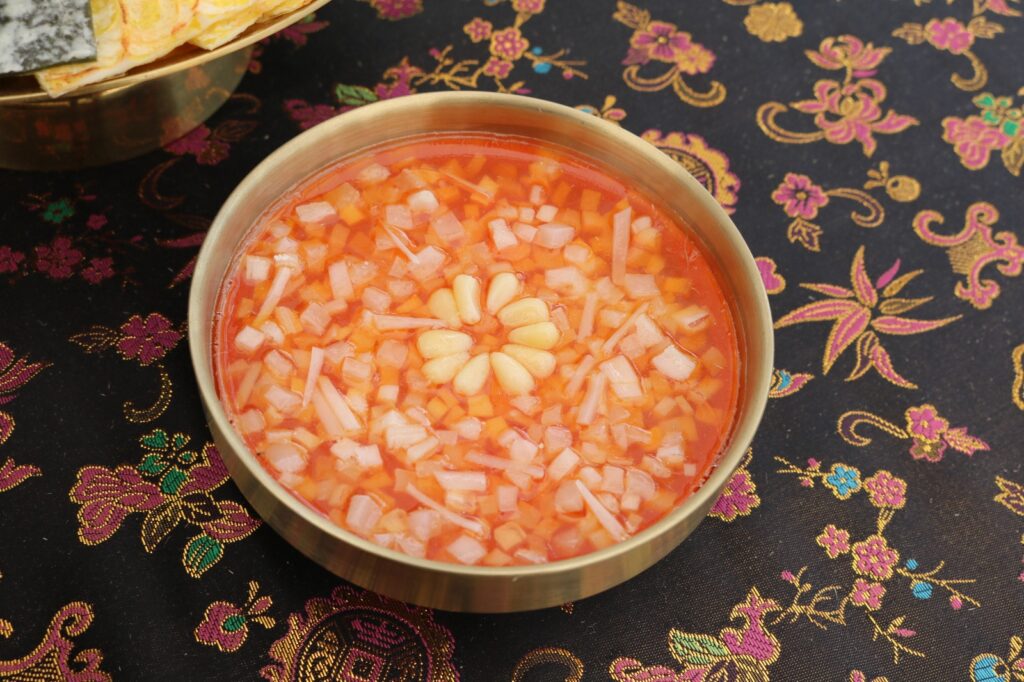
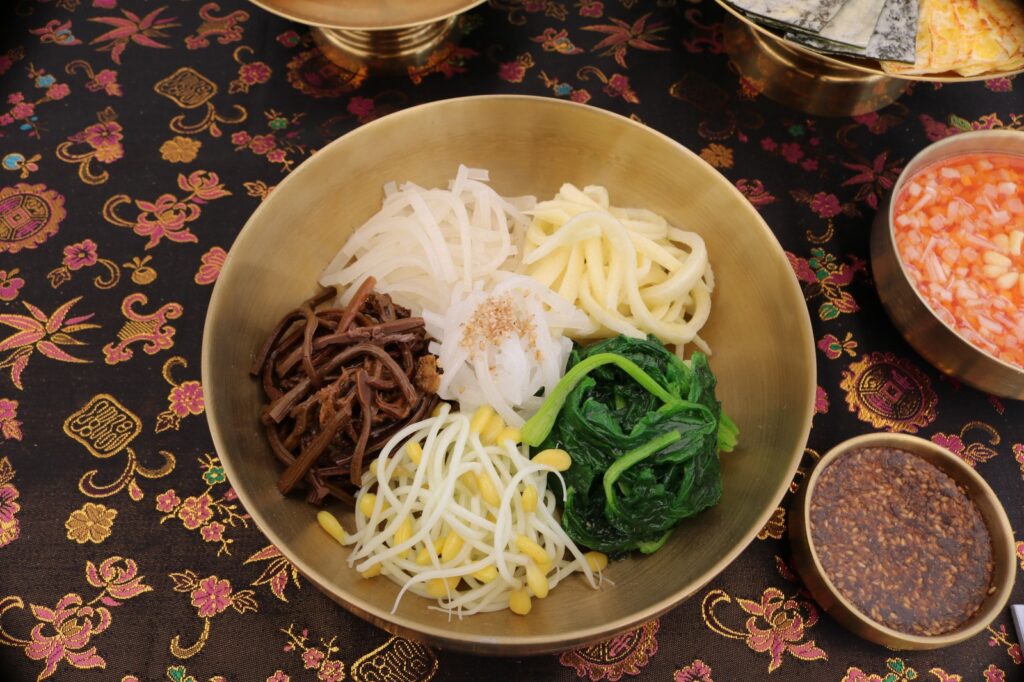
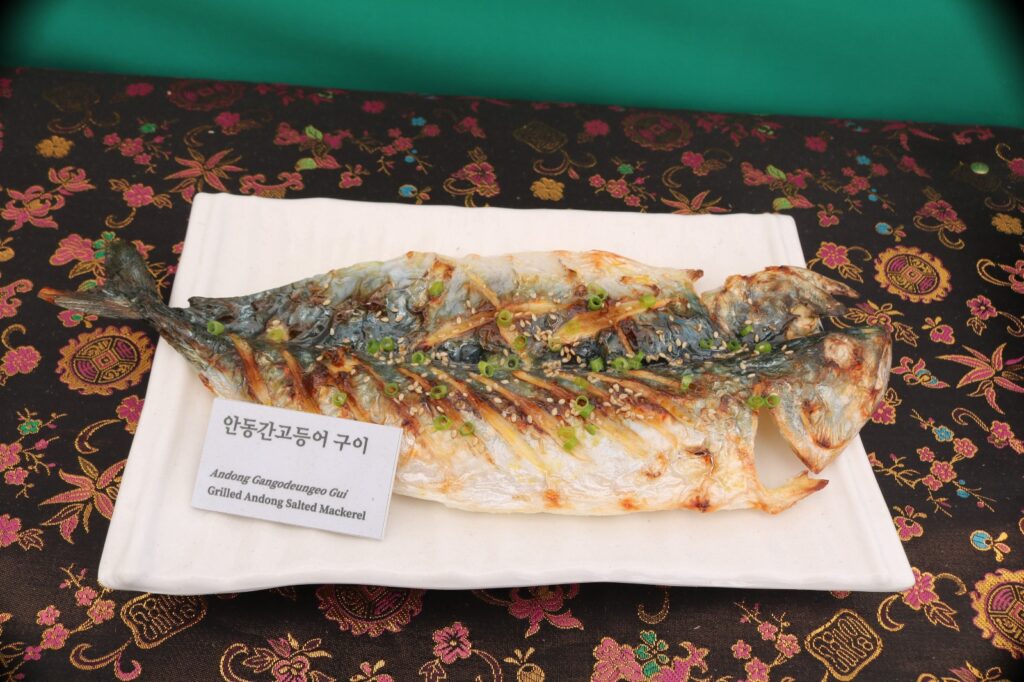


Beyond the food, the K-Food Fair offered a taste of Korean culture—from Squid Game-inspired challenges to traditional fermented foods like jang and kimchi. Visitors didn’t just eat—they immersed themselves, with Andong’s jongbu cuisine sparking curiosity about Korea’s heritage. The sentiment was clear: Korean cuisine has transcended its trendy status to become a beloved staple in London’s culinary landscape, with Andong’s contributions elevating it to a cultural narrative. The Andong delegation’s debut at Hampton Court was a profound cultural exchange, juxtaposing Suun Japbang’s Confucian recipes with the grandeur of Tudor banquets once held in the same palace. This meeting of two culinary lineages—Korean and British—united by the human impulse to gather and share, resonated deeply with visitors. The festival became a stage where food told a story, with Andong’s jongbu cuisine inviting attendees into a centuries-spanning narrative of respect, balance, and continuity. For many, tasting Andong’s yukjjim opened a gateway to explore the city’s landscapes, traditional markets, museums, and living heritage.
The Hampton Court Palace Food Festival was more than a marketplace—it was a narrative of global connection. For the Korea Foundation for Cultures & Ethics in Andong, this historic participation marked a step toward globalizing jongbu cuisine, ensuring its values resonate beyond Korea’s borders. The event underscored Korean food’s place in London’s diverse culinary tapestry, with festival-goers eager to recreate dishes like tteokbokki, bulgogi, and Andong’s yukjjim at home and explore Andong’s cultural heritage. As the festival closed, one truth was evident: Korean cuisine, enriched by Andong’s jongbu cuisine, has found a warm, enthusiastic home in London. From the royal gardens of Hampton Court to the scholarly courtyards of Andong, this culinary journey has opened a gateway for greater exchange between Britain and Korea. For those inspired by the flavors of Andong, the invitation is clear: to truly taste this heritage, one must visit Andong—and London’s love affair with Korean cuisine is only just beginning.
Art & Culture
From Bank Lines to Bus Seats: Bold Lessons in Courtesy, Courage, and Everyday Survival

In the line of bill payers at the bank,
As the fairer sex,
If sick, don’t just be blank
“Ladies first”, “excuse me11, “before you please.”
For deals with unpaid bills,
Ask for goods back, threat if you will,
Repeat the request for a job.
You may make it from the mob,
Instead of standing, share the seat on the bus
Isn’t it much better than making a fuss,
Whatever you do during tug-of-war, do not push the rope
Or you’ll be the laughing stock amidst cries of, “What a dope.”
Art & Culture
Bareendo of Pakistan Inscribed on UNESCO’s Intangible Cultural Heritage (ICH) List

Paris(Imran Y. CHOUDHRY):- Bareendo (Bhorindo), one of the oldest surviving folk instruments of Sindh, has been officially inscribed on UNESCO’s list of Intangible Cultural Heritage (ICH) in need of urgent safeguarding. The decision was adopted at the 20th Session of the Intergovernmental Committee for the Safeguarding of the Intangible Cultural Heritage.
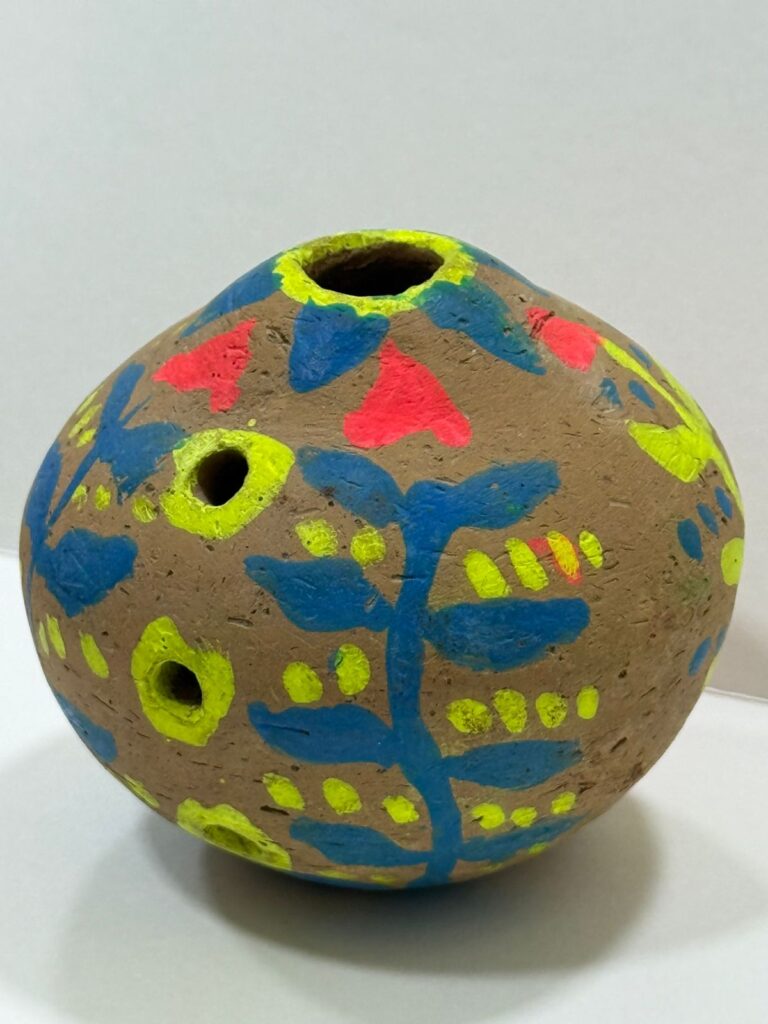
The Bareendo is a clay wind instrument whose origins trace back to the 5,000-year-old Indus Valley Civilization. It is a symbol of Sindh’s spiritual and communal traditions. For centuries, its soft and meditative tones have accompanied winter gatherings, Sufi practices, and rural celebrations. Today, however, the tradition is endangered, with only one master musician, Ustaad Faqeer Zulfiqar, and one master potter, Allah Jurio, preserving its complete knowledge.
The nomination of Bareendo as an ICH in urgent need of safeguarding is the result of an intensive consultative process between the Government of Sindh, Pakistan Mission’s to UNESCO in France and the UNESCO Headquarters. It was inspired by a community-led and participatory process in the village of Keti Mir Muhammad Loond village in Sindh province to protecting Bareendo as a cultural heritage. Their efforts shaped the comprehensive Four-Year Safeguarding Plan (2026–2029), which includes the establishment of a community music school, integration of Bareendo heritage into formal and informal education, and the use of digital platforms to expand cultural outreach. UNESCO’s inscription will support the conservation process.
Permanent Delegate of Pakistan to UNESCO Ambassador Mumtaz Zahra Baloch welcomed the decision of UNESCO’s Intergovernmental Committee to inscribe Bareendo as an Intangible Cultural Heritage in urgent need of safeguarding. “The inscription of Bareendo is a proud moment for Pakistan and a tribute to the communities who have preserved this ancient instrument and music for generations. Bareendo is not only an emblem of the Indus Valley’s cultural continuity but also a living expression of Sindh’s artistic and spiritual heritage.”
“This recognition by UNESCO reaffirms Pakistan’s commitment to the protection and promotion of our diverse cultural traditions. We look forward to working closely with UNESCO to ensure that the knowledge, craftsmanship, and musical identity of the Bareendo is transmitted to future generations”, she said.
Art & Culture
“The Backyard Ballet: Cat and Crow in Comic Courtship — A Poem by Zeenat Iqbal Hakimjee”

My backyard is livened up
By the cat and the crow.
From a distance they for each other
A liking show.
Caw Caw, Meow Meow they hark & howl.
A din enough, to disturb the neighbouring fowl
Both of them perched on the dustbin.
Turn by turn.
Waiting for a morsel, from the kitchen to return.
Up goes the left over meat, in the air,
What ensues would ashame ‘The battle for the chair
-

 Europe News10 months ago
Europe News10 months agoChaos and unproven theories surround Tates’ release from Romania
-

 American News10 months ago
American News10 months agoTrump Expels Zelensky from the White House
-

 American News10 months ago
American News10 months agoTrump expands exemptions from Canada and Mexico tariffs
-

 American News10 months ago
American News10 months agoZelensky bruised but upbeat after diplomatic whirlwind
-

 Art & Culture10 months ago
Art & Culture10 months agoThe Indian film showing the bride’s ‘humiliation’ in arranged marriage
-

 Art & Culture10 months ago
Art & Culture10 months agoInternational Agriculture Exhibition held in Paris
-

 Pakistan News6 months ago
Pakistan News6 months agoComprehensive Analysis Report-The Faranian National Conference on Maritime Affairs-By Kashif Firaz Ahmed
-

 Politics10 months ago
Politics10 months agoUS cuts send South Africa’s HIV treatment ‘off a cliff’








